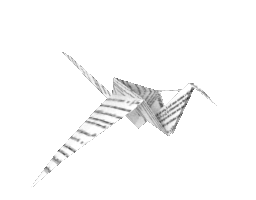Papers authored by Ulrik Gether

Refreshing results…








Ulrik Gether  ,
Fazila Asmar,
Anne Kristine Meinild,
Søren G. F. Rasmussen
,
Fazila Asmar,
Anne Kristine Meinild,
Søren G. F. Rasmussen
 ,
Fazila Asmar,
Anne Kristine Meinild,
Søren G. F. Rasmussen
,
Fazila Asmar,
Anne Kristine Meinild,
Søren G. F. Rasmussen
Structural Basis for Activation of G-Protein-Coupled Receptors
Download from onlinelibrary.wiley.com










Roland Seifert,
Katharina Wenzel-Seifert,
Ulrik Gether  ,
Van T. Lam,
Brian K. Kobilka
Download from onlinelibrary.wiley.com
,
Van T. Lam,
Brian K. Kobilka
Download from onlinelibrary.wiley.com
 ,
Van T. Lam,
Brian K. Kobilka
Download from onlinelibrary.wiley.com
,
Van T. Lam,
Brian K. Kobilka
Download from onlinelibrary.wiley.com
Missing publications? Search for publications with a matching author name.